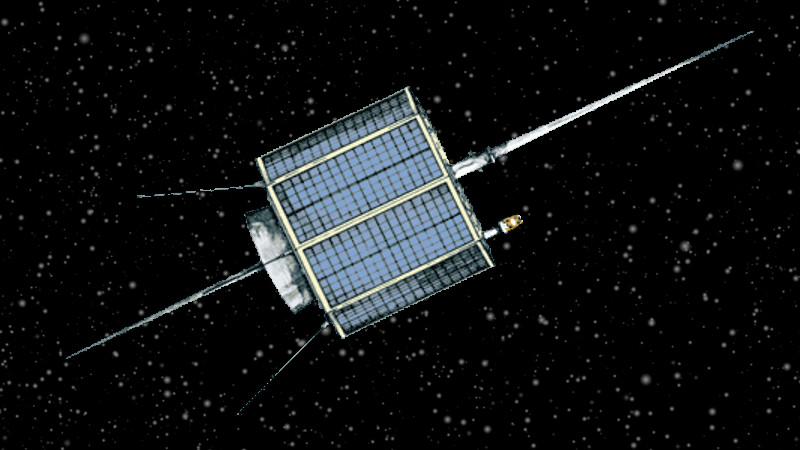Es’hail-2: Hams Get Their First Geosynchronous Repeater
In the radio business, gaining a high position is key to covering as many areas as possible from as few installations as possible. Everything that has a high profile, from a large municipal water tank to a coastal billboard to a remote hilltop, will probably be bristling with antennas, and various services are vying for the best places to find their antennas. Amateur radio clubs will also be there, looking for a place to find their repeaters that allow hams to use low-power mobile and portable radios to make contact on a much larger range than they might otherwise.
Now some hams have claimed the highest place for their repeater: space. For the first time, an amateur radio repeater went into space aboard a geosynchronous satellite, allowing the hams to connect more than a third of the globe. This is a huge development and although some effort is needed to use this new space-based radio, it is a game for change in the amateur radio community.
Friends in high places
The new satellite, Es’hail-2, was built for Es’hailSat, a Qatari telecommunications company. Over time, satellites have become a fairly standard machine, designed primarily to provide direct digital television service to the Middle East and Africa. But the interesting thing is that it is designed from the very beginning to carry amateur payload. The request for proposals (RFP), sent by Es’hailSat to potential suppliers in early 2014, specifically called for the inclusion of an amateur repeater to be developed jointly by AMSAT, Radio Amateur Satellite Corporation.
The Es’hail-2 repeater was developed as a joint effort between the Qatar Amateur Radio Society (QARS), Es’HailSat and AMSAT-DL, the AMSAT group in Germany. Es’HailSat’s willingness to include an amateur commercial payload for a commercial bird can be explained in part by the fact that QARS President is His Excellency Abdullah bin Hamad Al Atiyah (A71AU), a former Deputy Prime Minister of Qatar.
The repeater is designed with two main services. The first is a narrowband transponder designed for telephone (voice) contacts, continuous wave (CW) for Morse contacts, and some of the narrowband digital modes, such as the PSK-31. The other transponder is for broadband use, designed to test digital amateur television (DATV). The broadband transponder can carry two simultaneous HD signals and a beacon broadcasting video content from QARS. Both transponders uplink the 2.4 GHz portion reserved for anchovies while the downlink to the 10.4 GHz band.
Es’hail-2 was launched aboard the SpaceX Falcon 9 from Cape Canaveral on November 15, 2018. The satellite was raised to geosynchronous orbit in a crowded slot located 26.5 ° east longitude, parking it directly over the Democratic Republic of Congo. Following the completion of the tests, a satellite opening ceremony such as the Qatar OSCAR-100 or QO-100 was held on 14 February 2019, making it the 100th OSCAR satellite launched by amateurs.
Listening to
Unfortunately for hams in America and most of East Asia, the QO-100 is out of range. But for hams anywhere from coastal Brazil to Thailand, the satellite is visible 24 hours a day. The equipment to use it can be a little intimidating if the experience of this amateur radio club in Norway is some indication. They used a 3-meter antenna for the 2.4 GHz connection, along with a series of home-made hardware and a lot of determination to pull out their only contact so far from a team accustomed to bounces off the moon.
Receiving signals from the QO-100 is much easier. A dish of 60 cm to 1 meter will suffice, depending on the location, with a decent LNB converter. Almost any SDR will make for a receiver. An alternative to self-assembling the hardware – and the only way to have fun for the two thirds of the planet that are not covered by the satellite – would be to tune in to one of the created WebSDR ground stations. The British Amateur TV Club and AMSAT-UK, located at Goonhilly Earth Station, were formed SDR for narrowband transponder which you can control on the network. I used it to listen to a number of contacts between the hams that night.
It is difficult to overestimate the importance of QO-100. It is the first ham repeater in geosynchronous orbit, as well as the first DATV transponder in space. This is quite an achievement and the skills that will allow the ham to develop while working with this bird will inform about the design of the next generation of ham satellites. Hats to everyone who participated in the flight of the QO-100!



Comments are closed.